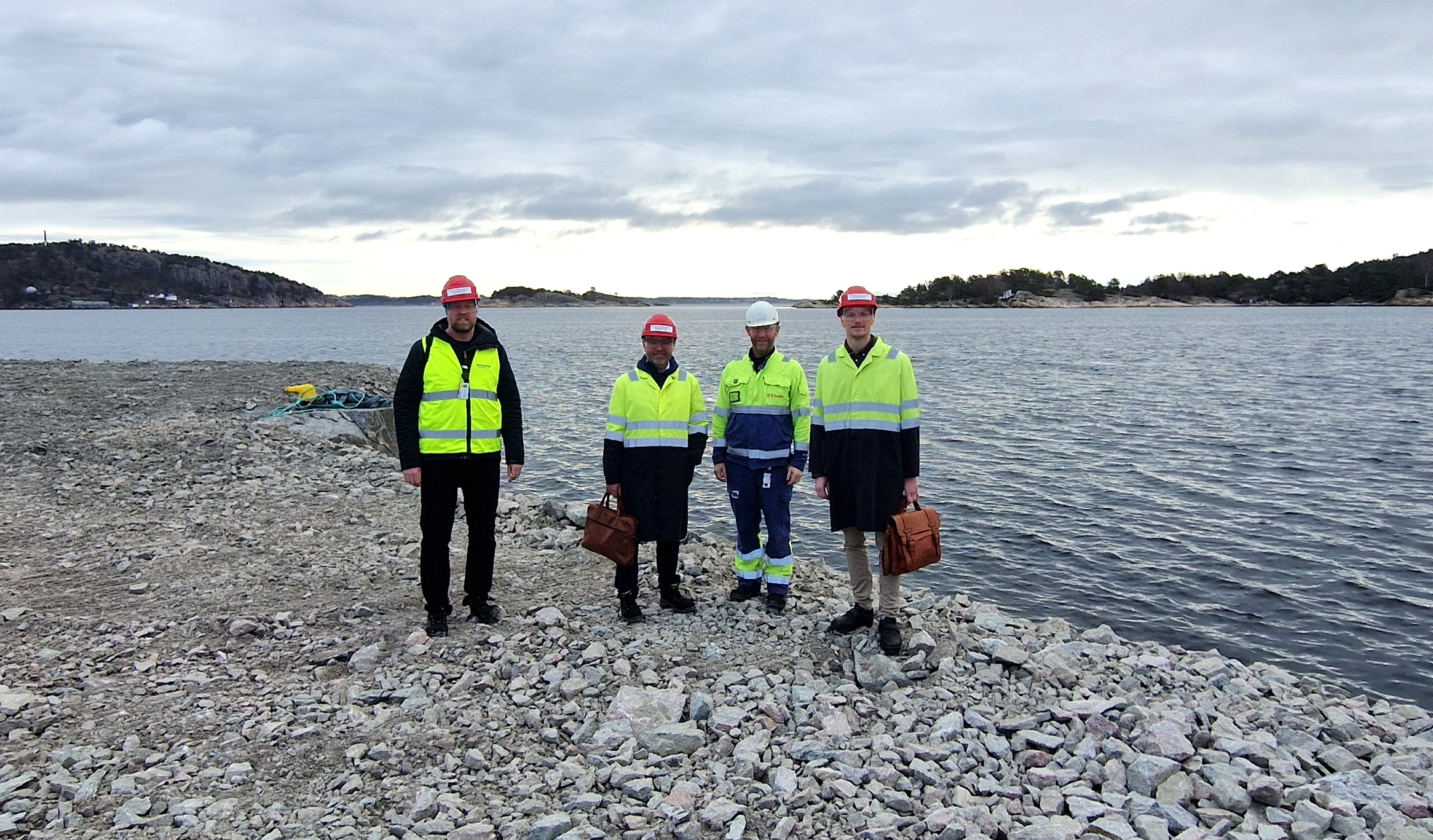Glencore’s hydrogen factory in Kristiansand – part of the larger production facility for nickel and other metals, has in fact been up and running since the early 1960s. In full operation, it produces 485 cubic meters of hydrogen in gaseous form every hour. The gas is used in the refining process where nickel, cobalt, copper and other valuable metals are extracted from imported raw material.
Kent Fanebust, operations manager of the hydrogen factory, explains: “Hydrogen production is a simple process in which water molecules are split into hydrogen and oxygen through electrolysis. Both the hydrogen gas and the oxygen gas are important input factors in the refining process of metals at Glencore”.
DOUBLING PRODUCTION CAPACITY
Glencore is currently busy building a new and larger hydrogen factory on the roof of the chlorine plant, where the gas is used in the production of hydrochloric acid. It is needed to dissolve metals. The investment of between NOK 150 and 200 million will double the production capacity.
“The factory will have a electrolysis plant that can produce 2 tons of green hydrogen per day. In addition, the hydrogen production generates significant amounts of oxygen, which we use in its refining processes. The factory is also taking advantage of oxygen from the electrolysers for precipitation of iron and for other upstream processes,” says Fanebust.
Glencore is of course well aware of the new hydrogen factory in Kristiansand, currently developed by Everfuel and Greenstat. The business idea is to produce green, compressed hydrogen as fuel for the transport sector. Both the shipping and the land-based transport industry are relevant customers. Glencore will purchase oxygen from the new facility.
“Oxygen is a by-product from hydrogen production. From the planned facility at Elkem, we can retrieve and use oxygen that would otherwise be lost. It’s good resource utilization, and provides extra income for the hydrogen plant”, says
Kai Johansen, Director of operational Excellence at Glencore.
SECURITY ISSUES
Glencore considered building a large hydrogen factory to cover its own needs and provide compressed hydrogen for the transport sector. According to Johansen, the idea was shelved primarily due to identified complexities related to combining internal hydrogen production for own use and for direct delivery to external partners for other applications.
“We produce non-pressured hydrogen gas that goes directly into production. The transport sector needs hydrogen that is compressed and stored under high pressure. The challenge of producing, storing and transporting compressed hydrogen out of the factory became too great,” says Johansen.
The floors of Glencore’s new hydrogen factory are now being laid. The opening will be summer 2024.



